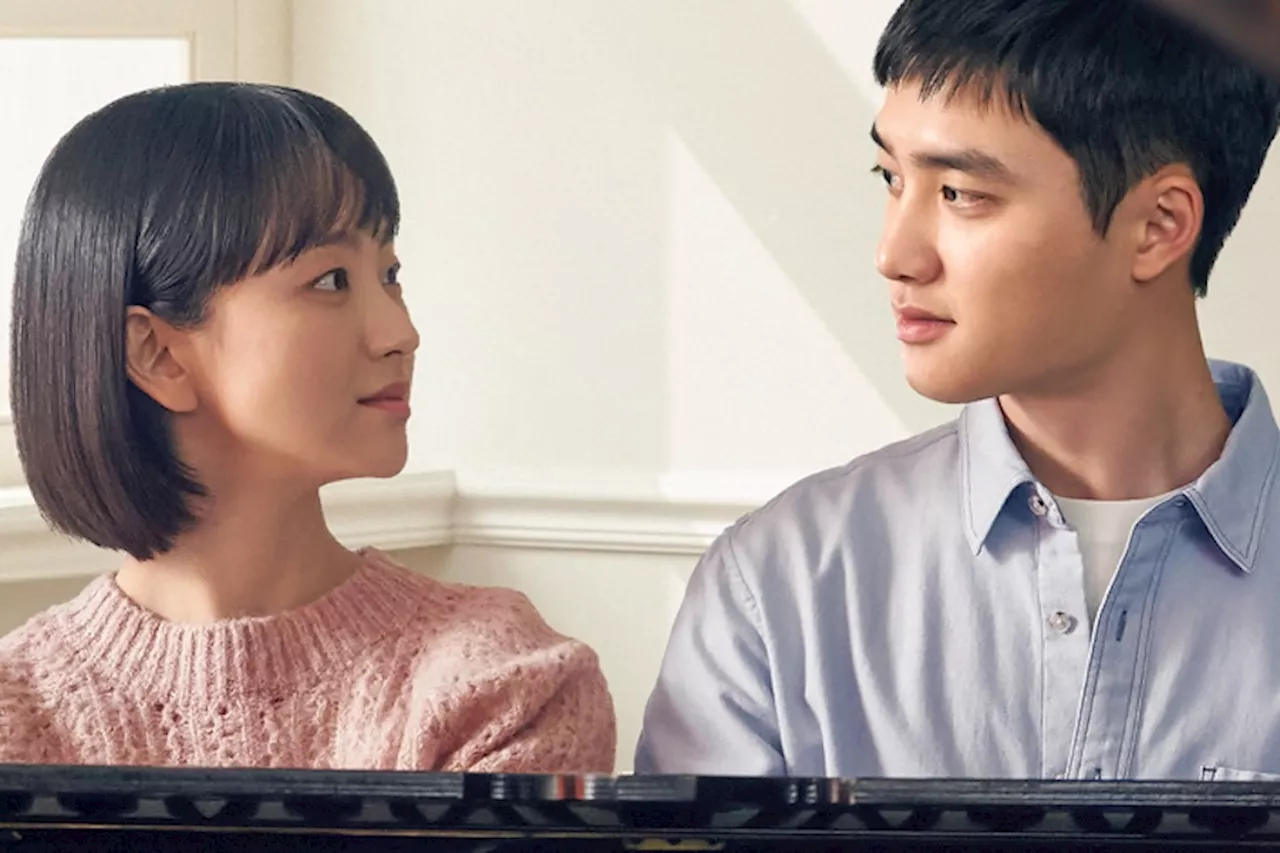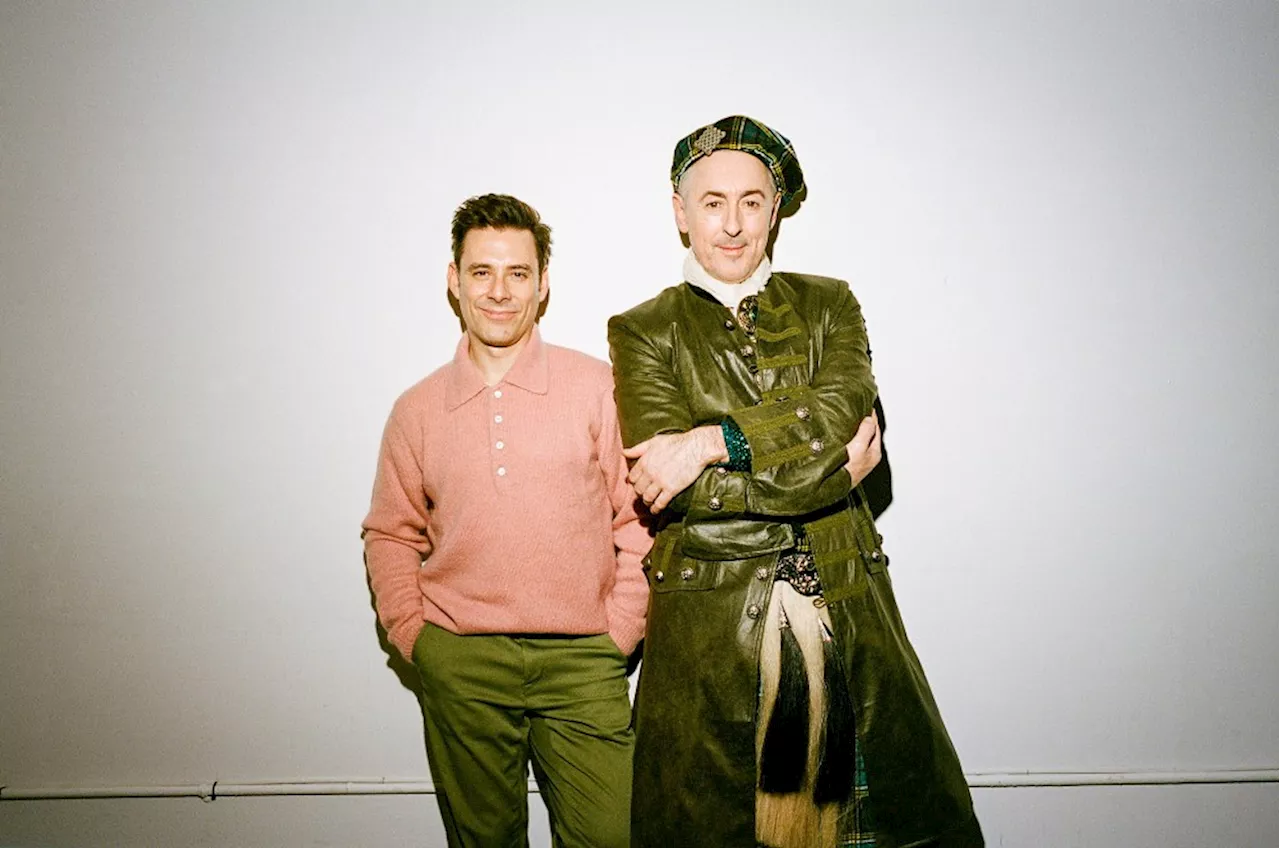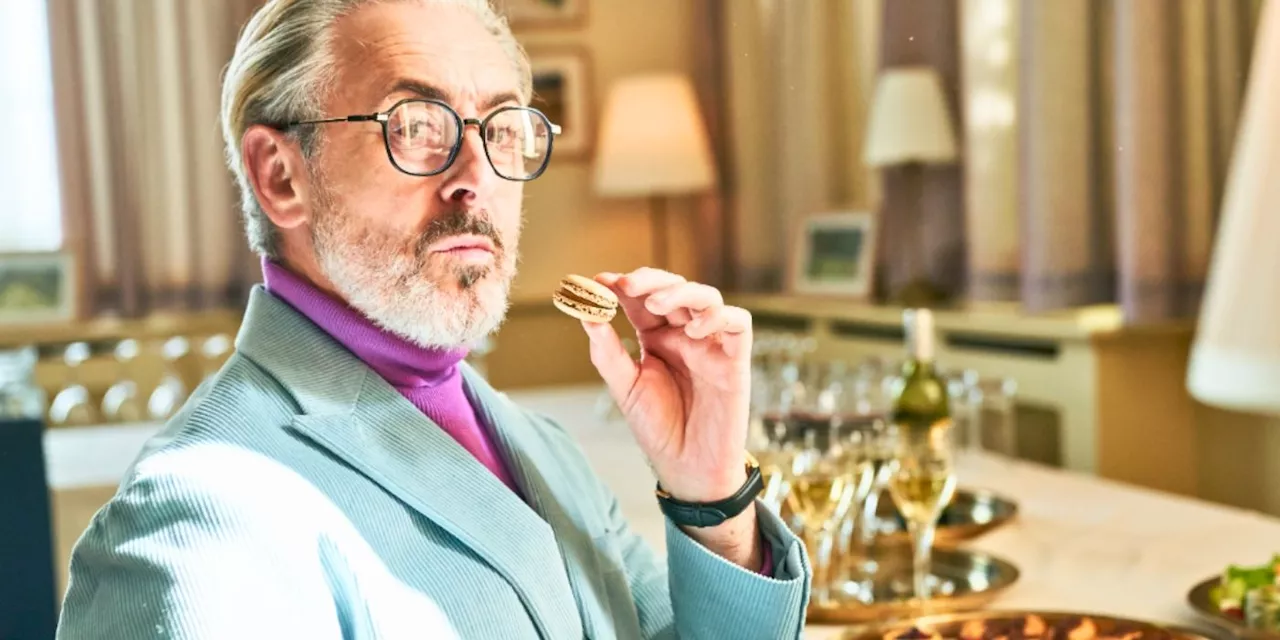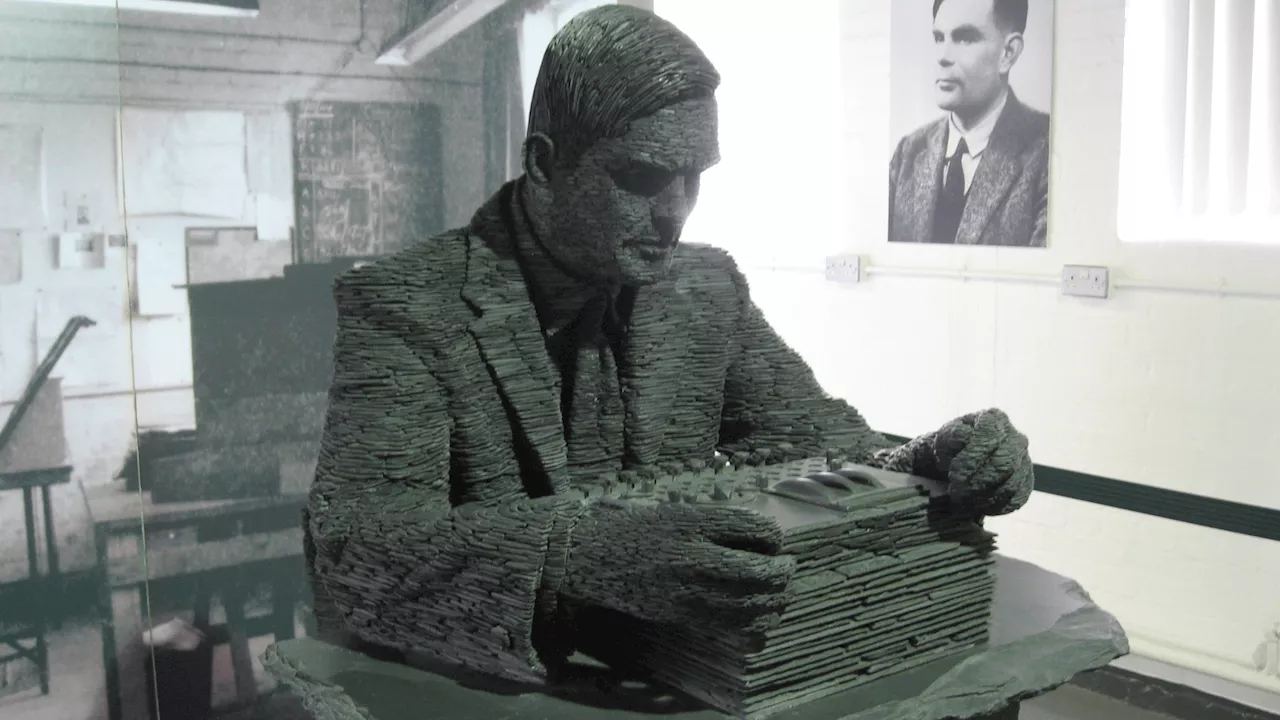This article delves into the fascinating world of Alan Turing's less-known wartime engineering work - the development of Delilah, a portable speech encryption system. Based on newly discovered documents, the story sheds light on Turing's innovative approach to cryptography and his dedication to creating secure communication technology.
When the German military surrendered unconditionally on 8 May 1945, many in Britain savored the first taste of peace. But for Alan Turing and his young assistant Donald Bayley , it was just another day in a secluded laboratory in the English countryside. They briefly stepped away from their benches and cables, taking a walk through the woods to mark Victory in Europe Day.
Bayley, a newly minted electrical engineer, teased his mentor, “Well, the war’s over now—it’s peacetime, so you can tell us all.” Turing’s famously sharp reply ended all conversation “Don’t be so bloody silly.” That brief exchange hinted at a reality that would remain in the shadows for decades. Alan Turing, the brilliant mind behind crucial code-breaking breakthroughs at Bletchley Park, had also been leading a covert electronics project known as Delilah, a portable system for encrypting speech. While Turing has become world-renowned as a founding father of computer science and a pioneer of artificial intelligence, his extraordinary foray into electrical engineering is still less recognized. This article, based on a report in IEEE Spectrum, written by Jack Copeland, professor of philosophy at the University of Canterbury in New Zealand and one of the world’s foremost Turing scholars, sheds light on Delilah. Turing’s fascinating yet often overlooked wartime engineering venture. The unveiling of the Bayley papersRecent events have sparked fresh interest in Delilah. In November 2023, a trove of wartime documents called the “Bayley papers,” emerged from the shadows at an auction in London. This previously unknown collection sold for nearly half a million U.S. dollars and included hand-drawn schematics, circuit diagrams, lab notes, and more. Much of the handwriting is Turing’s own, detailing every aspect of Delilah’s development from 1943 onward. Donald Bayley, Turing’s right-hand man at the secret lab in Hanslope Park, preserved these papers until his death in 2020. When word of the auction reached the British Government, authorities immediately halted the export of the documents. Describing the collection as “an important part of our national story,” officials called for a UK buyer to keep them on British soil. These newly revealed papers have deepened our understanding of Turing, moving beyond his theoretical genius and revealing him as an inventive, hands-on electrical engineer.A new frontier in cryptologyTuring’s work on Delilah stemmed from the realization that encrypting text (as with the Enigma machine or the teleprinter-based SZ42) would no longer be enough. Military commanders were clamoring for secure voice communication. As early as 1942, Bell Labs in New York had tackled speech encryption with a pioneering system called SIGSALY, which was massive enough to fill an entire room and weighed over 50,000 kilograms. Impressive though it was, SIGSALY was anything but mobile. Determined to create a portable voice-encryption device, Turing established a secret workspace at Hanslope Park, some ten miles from Bletchley Park. There, in a simple Nissen hut, he spent months turning abstract mathematical principles into workable electronics. Bayley recalled that Turing treated these hush-hush efforts just as seriously as his cryptanalysis at Bletchley, where he famously helped crack the German Enigma ciphers. By 1944, Turing gained assistance from Donald Bayley, a University of Birmingham graduate who arrived just in time to find Turing juggling a “spider’s nest” of wiring. Over the following year, Bayley introduced Turing to streamlined bench practices and breadboard testing, giving Delilah’s circuits a more organized physical form. Inside Delilah’s encryption magicMuch like how the German SZ42 machine encrypted teleprinter text by adding pseudorandom key characters to a plaintext message, Delilah used a similar concept for speech. Instead of letters, however, Delilah worked with numerical samples of audio signals. Sampling the audio: First, the analog signal (a person speaking) was converted into a sequence of numbers, each representing the sound wave’s voltage at a specific moment. Adding the “Key”: Delilah’s key generator, which combined rotating wheels and multiple electronic circuits (specifically, eight multivibrators), produced a pseudorandom sequence of numbers. These were added using a “noncarrying” addition to the sampled voice data. Encrypted output: The resulting jumbled numbers were then transmitted. On the receiving end, a synchronized Delilah machine subtracted the same key from the signal, reconstructing the original voice. While the decrypted audio often had a characteristic “whistly” quality and occasional crackles, it was generally intelligible. The British Army tested the device using a recording of Winston Churchill. Nonetheless, Delilah did not see major operational deployment. By the time it was fully working, the war was nearing its end, and official interest was waning
Technology Science Alan Turing Delilah Speech Encryption Bletchley Park World War II Cryptology Electronics Donald Bayley Hanslope Park
United States Latest News, United States Headlines
Similar News:You can also read news stories similar to this one that we have collected from other news sources.
 Daredevil's Secret Power Comes in Clutch Again - Matt Murdock's Secret Weapondaredevil white costume 2
Daredevil's Secret Power Comes in Clutch Again - Matt Murdock's Secret Weapondaredevil white costume 2
Read more »
 Watch: Doh Kyung Soo, Won Jin Ah, And Shin Ye Eun Get Entangled In An Emotional Love Triangle In Upcoming Film “Secret: Untold Melody”Upcoming film “Secret: Untold Melody” has released new character posters and a teaser! A remake of the 2007 Taiwanese film “Secret,” “Secret: Untold
Watch: Doh Kyung Soo, Won Jin Ah, And Shin Ye Eun Get Entangled In An Emotional Love Triangle In Upcoming Film “Secret: Untold Melody”Upcoming film “Secret: Untold Melody” has released new character posters and a teaser! A remake of the 2007 Taiwanese film “Secret,” “Secret: Untold
Read more »
 Nvidia's Turing Architecture: Ray Tracing and AI Take Gaming to the Next LevelThis article delves into Nvidia's new Turing architecture and RTX 2080 graphics cards, highlighting the revolutionary advancements in ray tracing and AI capabilities. It explores the technical details behind these innovations and showcases their potential to transform the gaming experience with improved realism and performance.
Nvidia's Turing Architecture: Ray Tracing and AI Take Gaming to the Next LevelThis article delves into Nvidia's new Turing architecture and RTX 2080 graphics cards, highlighting the revolutionary advancements in ray tracing and AI capabilities. It explores the technical details behind these innovations and showcases their potential to transform the gaming experience with improved realism and performance.
Read more »
 Doh Kyung Soo And Won Jin Ah’s Film “Secret: Untold Melody” Announces Updated Premiere Date With New PosterUpcoming film “Secret: Untold Melody” has officially changed its release date! A remake of the 2007 Taiwanese film “Secret,” “Secret: Untold Melody” is a
Doh Kyung Soo And Won Jin Ah’s Film “Secret: Untold Melody” Announces Updated Premiere Date With New PosterUpcoming film “Secret: Untold Melody” has officially changed its release date! A remake of the 2007 Taiwanese film “Secret,” “Secret: Untold Melody” is a
Read more »
 Alan Cumming's 'Traitors' Style is a HitAlan Cumming's hosting style on Peacock's 'Traitors' has become a fan favorite, with his over-the-top Scottish looks.
Alan Cumming's 'Traitors' Style is a HitAlan Cumming's hosting style on Peacock's 'Traitors' has become a fan favorite, with his over-the-top Scottish looks.
Read more »
 Boarders Season Two Welcomes Alan Cumming and Natalie CassidyBritish series 'Boarders' returns for a second season with a star-studded addition. Alan Cumming and Natalie Cassidy join the cast of the critically acclaimed BBC show.
Boarders Season Two Welcomes Alan Cumming and Natalie CassidyBritish series 'Boarders' returns for a second season with a star-studded addition. Alan Cumming and Natalie Cassidy join the cast of the critically acclaimed BBC show.
Read more »
